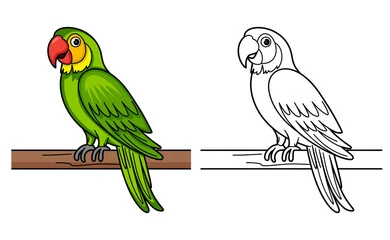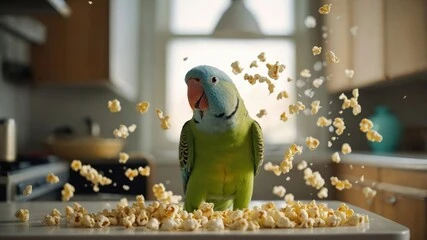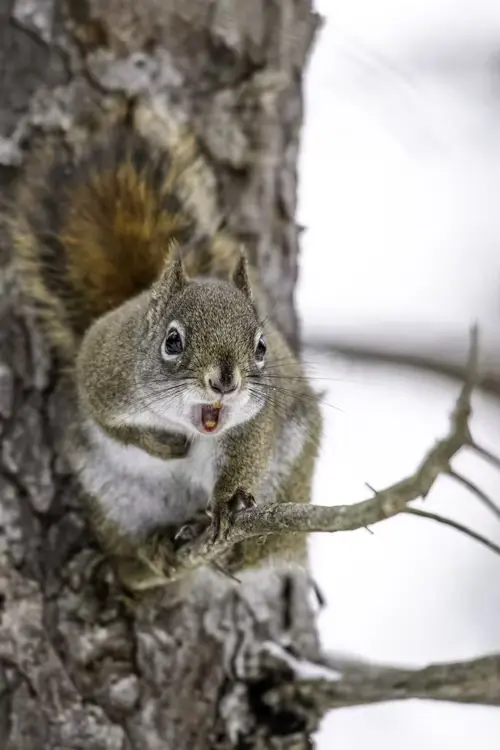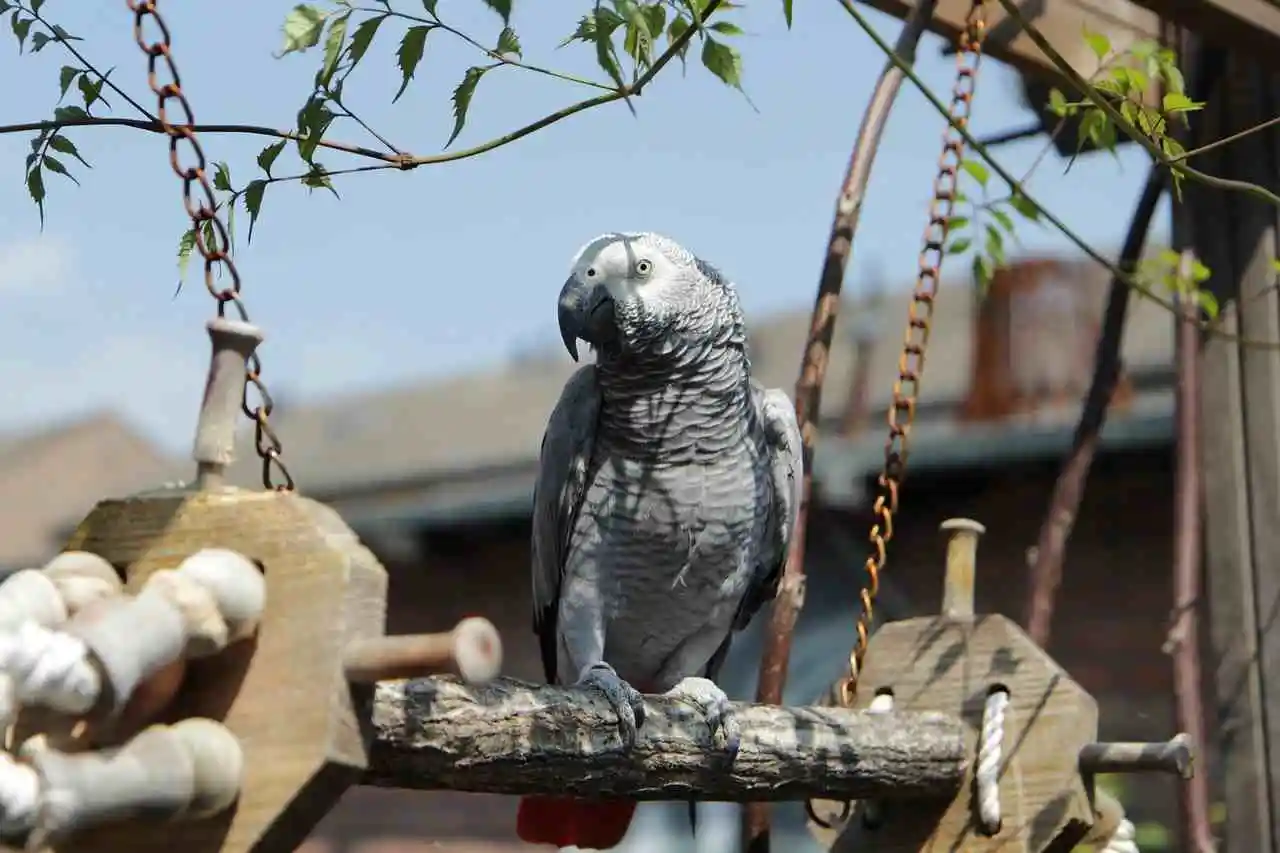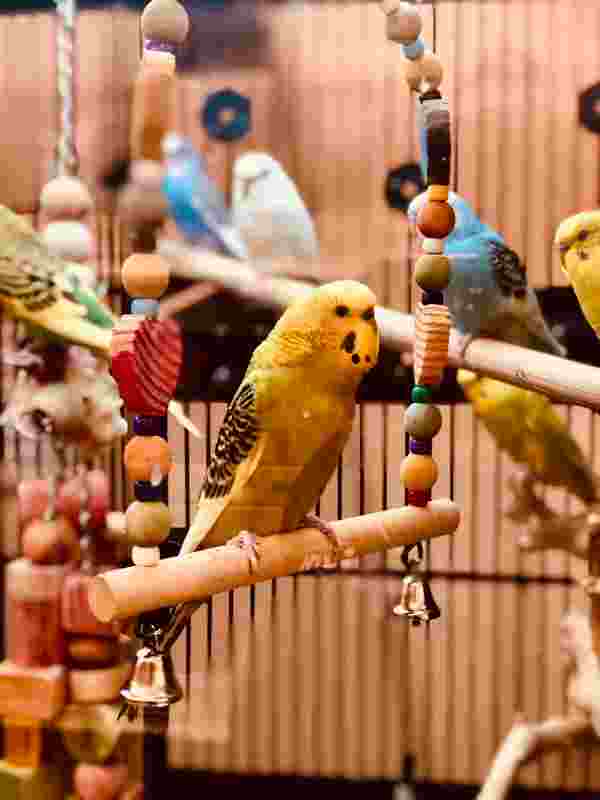How To Keep Birds From Eating Grass Seed: Happy Strategies
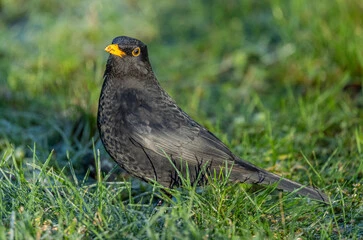
Introduction
You’ve spent time carefully planting grass seed, envisioning a lush, green lawn—only to watch flocks of birds descend like tiny feathered bandits, pecking away at your hard work. It’s frustrating, but you’re not alone. Birds see lawn seed as an easy meal, and without proper grass seed protection, your lawn may never take root.
Fortunately, there are humane, effective ways to prevent birds from eating grass seed without harming them. From simple netting to natural deterrents, this guide covers everything you need to keep your seedlings safe and thriving.
Table of Contents
Why Birds Love Eating Grass Seed
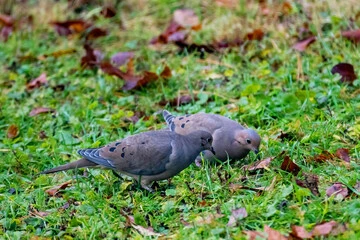
Before diving into solutions, it helps to understand why birds target newly seeded lawns:
- Easy Food Source: Grass seeds are packed with nutrients, making them irresistible to birds.
- Small and Digestible: Unlike bigger seeds, lawn seed is easy to peck and swallow.
- Exposed Ground: Bare soil makes seeds highly visible and accessible.
While you can’t stop birds from foraging, you can make your lawn less tempting with the right techniques.
6 Effective Ways to Prevent Birds from Eating lawn seed
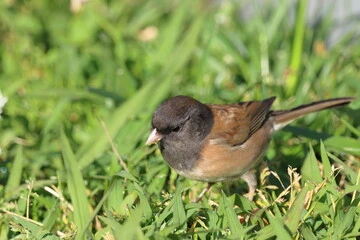
1. Cover the Seed with Netting
Bird netting is among the most reliable bird deterrents for grass seed. Here’s how to use it:
- Choose Polypropylene Netting: Lightweight, durable, and easy to remove once grass sprouts.
- Secure with Landscape Staples: Prevents wind from lifting the netting.
- Remove When Grass Grows Tall: Once shoots reach 1-2 inches, lift the netting to avoid hindering growth.
2. Use Straw or Mulch as Concealment
A thin layer of straw (not hay, which may contain weed seeds) shields seeds while keeping moisture in.
- Apply in Thin Layers (~¼ inch thick) to avoid suffocating seedlings.
- Peat Moss Alternatives: Helps retain water and disguises seeds from aerial scavengers.
- Avoid Excessive Cover: Too much mulch can reduce germination rates.
3. Scare Tactics: Visual and Noise Deterrents
Birds are wary of unfamiliar objects and sounds. Simple solutions include:
- Pinwheels or Reflective Tape: Fluttering movement deters birds.
- Owl or Hawk Decoys: Rotate positions to maintain effectiveness.
- Wind Chimes: Unexpected noises can discourage lingering flocks.
4. Opt for Bird-Safe Grass Seed Blends
Some lawn seed varieties are less appealing to birds. Look for:
- Hard-Coated Seeds: Slow to germinate but tougher for birds to crack.
- Mixes with Clover: Adds nitrogen to soil while reducing bird interest (like canary grass).
5. Time Your Seeding Strategically
Birds forage most actively in early morning and late afternoon. To minimize losses:
- Seed Before Rain: Moisture helps seeds settle into the soil, making them harder to disturb.
- Late Fall/Early Spring: Fewer birds compete for food during these seasons.
6. Create Alternative Feeding Stations
Redirect birds’ attention by setting up a bird feeder stocked with preferred seeds (e.g., millet or sunflower). This keeps them occupied and away from your lawn.
DIY vs. Commercial Solutions
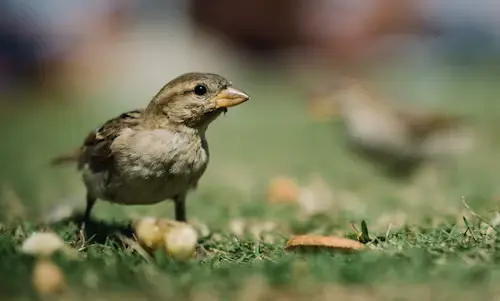
| Method | Pros | Cons |
|---|---|---|
| Bird Netting | Highly effective, reusable | Can be cumbersome to install |
| Straw Mulch | Natural, retains moisture | May introduce weeds |
| Decoys/Scarers | Humane, low-cost | Birds may habituate over time |
| Seed Coatings | Low-maintenance | Limited seed variety options |
FAQs
Q: Will bird netting harm birds?
A: Properly installed netting is safe, but check it daily to ensure no birds get tangled.
Q: How long should I protect my grass seed?
A: Until sprouts reach ~2 inches tall—typically 2–4 weeks post-planting.
Q: Are chemical repellents safe?
A: Many contain irritants; opt for natural methods to protect birds and pets.
Final Thoughts
Protecting your grass seed doesn’t mean waging war on birds. With simple, bird-friendly strategies like netting, mulch, and smart seeding timing, you can grow a thriving lawn while keeping feathered visitors at bay.
Need more bird-care tips? Explore our guides on raising vibrant finches or share your own grass-seed success stories in the comments!

